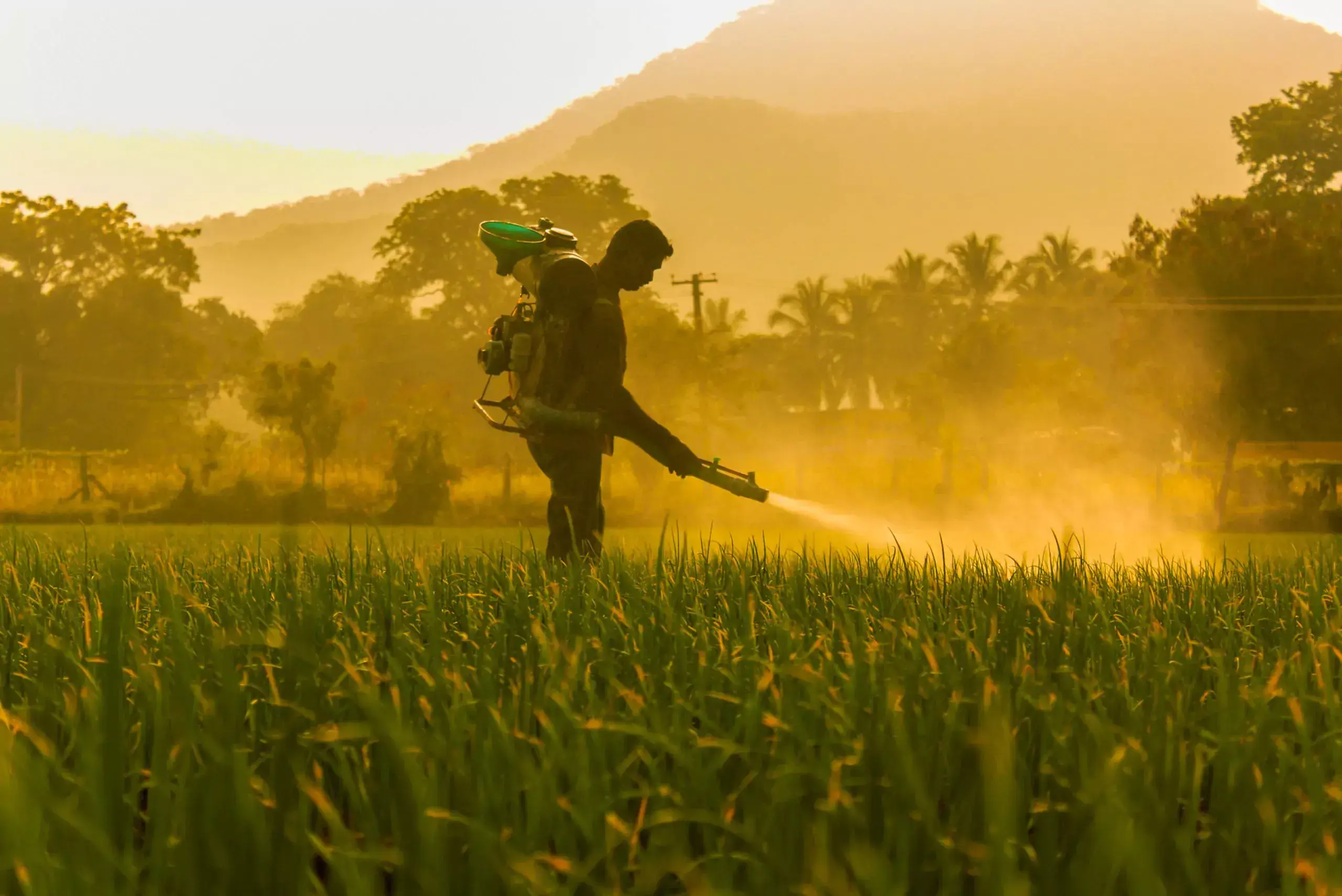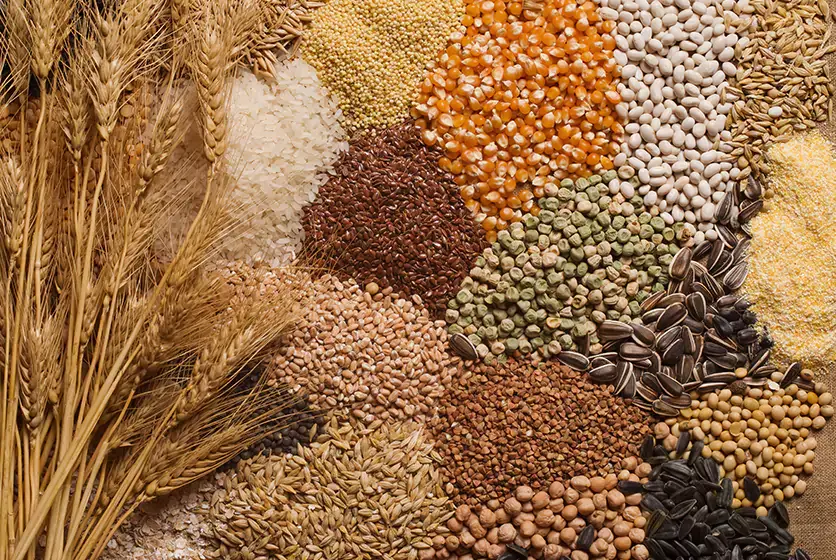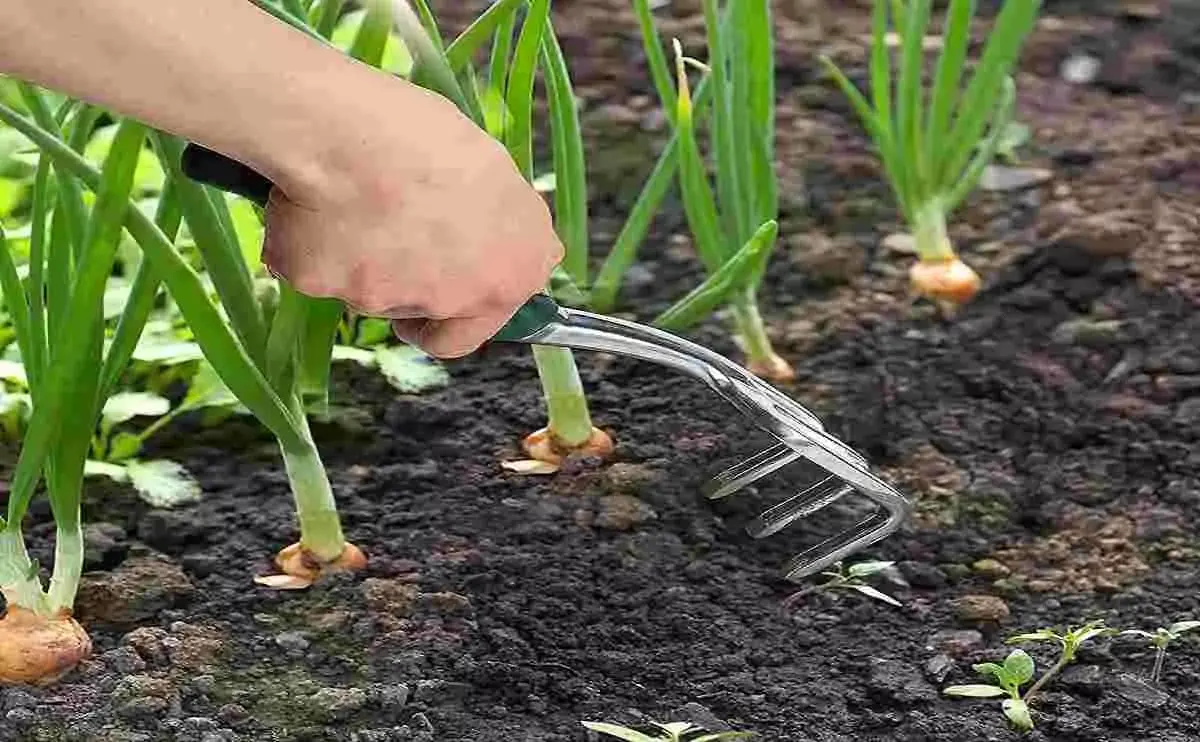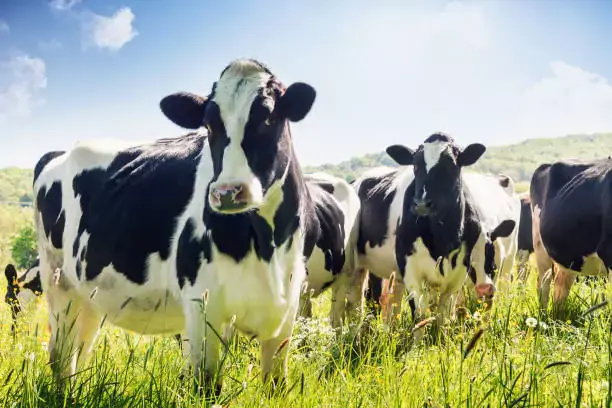درخواست کے لیے، پروڈکٹ کو 10-12 انچ کے بینڈ میں براہ راست بیج کے ٹکڑے اور آس پاس کی مٹی پر کھلی کھنڈ کے اندر مٹی سے ڈھانپنے سے پہلے تقسیم کریں۔ استعمال کے لحاظ سے، کیڑوں کے اہم دباؤ کا سامنا کرتے وقت زیادہ شرح کو استعمال کرنے کا مشورہ دیا جاتا ہے۔ پابندیوں پر عمل کرنا ضروری ہے، جس میں مویشیوں کو چرانا یا علاج شدہ گھاس یا چارہ نہیں کھلانا اور فی فصل کے موسم میں تھیمیٹ کے استعمال کو محدود کرنا شامل ہے۔ کپاس کے لیے، نشانہ بننے والے کیڑوں میں مائٹس، تھرپس، ایفڈز، کالے کٹ کیڑے، لیف شاپر، سفید مکھیاں اور لیف مائنر شامل ہیں۔ تجویز کردہ درخواست کی شرح 6.0 سے 9.0 اونس فی 1,000 فٹ قطار کے درمیان کم از کم 36 انچ، یا زیادہ سے زیادہ 8.2 پاؤنڈ فی ایکڑ کے درمیان ہے۔ پودے لگانے کے وقت دانے دار کھال میں یکساں طور پر تقسیم کیے جائیں، اس بات کو یقینی بناتے ہوئے کہ مٹی کا درجہ حرارت، نمی اور کھیتی بہترین انکرن اور ابھرنے کے لیے سازگار ہو۔ منفی حالات پلانٹ کے موقف پر منفی اثر ڈال سکتے ہیں۔پروڈکٹ کو خاص طور پر ان علاقوں کے لیے تجویز کیا جاتا ہے جن کو طویل عرصے تک مائٹ کنٹرول اور کپاس کے دوسرے کیڑوں کے خلاف ابتدائی سیزن کے تحفظ کی ضرورت ہوتی ہے، جس میں بھاری مٹی کے لیے زیادہ شرح تجویز کی جاتی ہے۔ مویشیوں کو علاج شدہ گھاس یا چارہ چرانے یا کھلانے سے گریز کرنا بہت ضروری ہے، کیونکہ اگر ڈائیرون پر مشتمل جڑی بوٹیوں والی دوائیں، جیسے کرمیکس اور ڈائریکس، کو مٹی سے لگائی جانے والی آرگن فاسفیٹ کیڑے مار ادویات کے ساتھ لگایا جائے تو فصل کو نقصان پہنچ سکتا ہے۔ یہی پابندیاں پھلیاں پر بھی لاگو ہوتی ہیں، جہاں نشانہ بننے والے کیڑوں میں میکسیکن بین بیٹلز، لیف ہاپرز، افڈس، لیگس بگز، تھرپس، مائٹس اور سیڈ کارن میگوٹس شامل ہیں۔ پھلیاں کے لیے درخواست کی شرح 4.9 سے 9.4 اونس فی 1,000 فٹ قطار میں کم از کم 30 انچ، یا زیادہ سے زیادہ 10.2 پاؤنڈ فی ایکڑ کے لیے ہوتی ہے۔ دانے داروں کو بیج کے پہلو میں کھود کر مٹی میں شامل کرنا چاہیے، اس بات کو یقینی بناتے ہوئے کہ وہ بیج کے ساتھ براہ راست رابطے میں نہ آئیں۔
For application, distribute the product in a 10-12 inch band directly onto the seed piece and the surrounding soil within the open furrow just prior to covering it with soil.
In terms of usage, it is advisable to utilize the higher rate when facing significant pest pressure. It is important to adhere to the restrictions, which include not grazing or feeding treated hay or forage to livestock and limiting the application of thimet to one per crop season.For cotton, the targeted pests include mites, thrips, aphids, black cutworms, leafhoppers, whiteflies, and leafminers. The recommended application rate is between 6.0 to 9.0 ounces per 1,000 feet of row for any row spacing of at least 36 inches, or a maximum of 8.2 pounds per acre. The granules should be evenly distributed in the furrow at the time of planting, ensuring that soil temperature, moisture, and tilth are conducive to optimal germination and emergence. Adverse conditions may negatively impact plant stand.The product is particularly recommended for regions that require prolonged mite control and early-season protection against other cotton pests, with higher rates suggested for heavier soils. It is crucial to avoid grazing or feeding treated hay or forage to livestock, as crop injury may occur if diuron-containing herbicides, such as Karmex and Direx, are applied alongside soil-applied organophosphate pesticides. The same restrictions apply to beans, where the targeted pests include Mexican bean beetles, leafhoppers, aphids, lygus bugs, thrips, mites, and seedcorn maggots. The application rate for beans ranges from 4.9 to 9.4 ounces per 1,000 feet of row for any row spacing of at least 30 inches, or a maximum of 10.2 pounds per acre. Granules should be drilled to the side of the seed and incorporated into the soil, while ensuring they do not come into direct contact with the seed.
?unique=dc47fe5)





